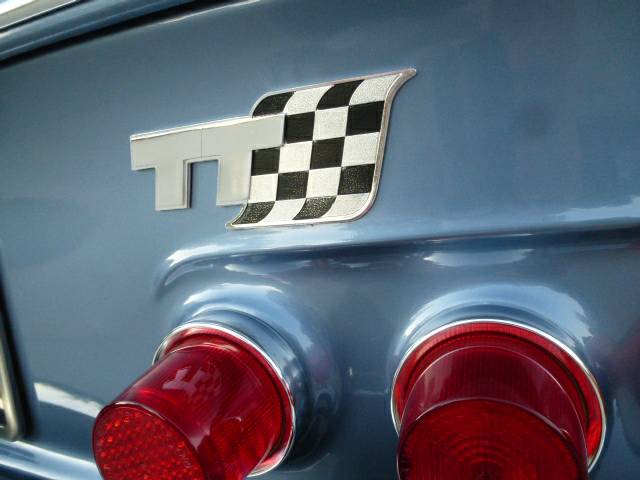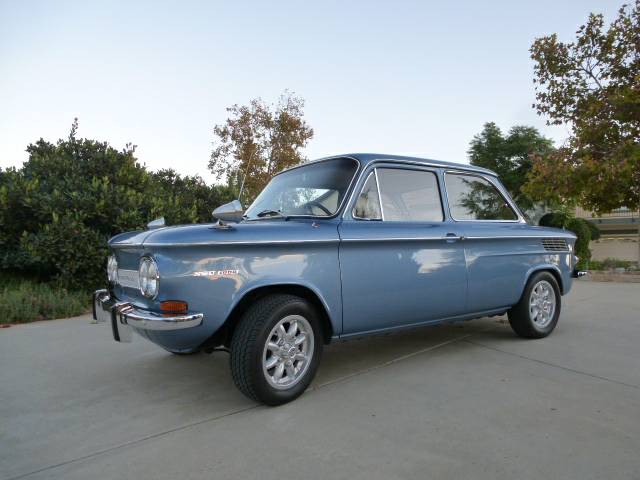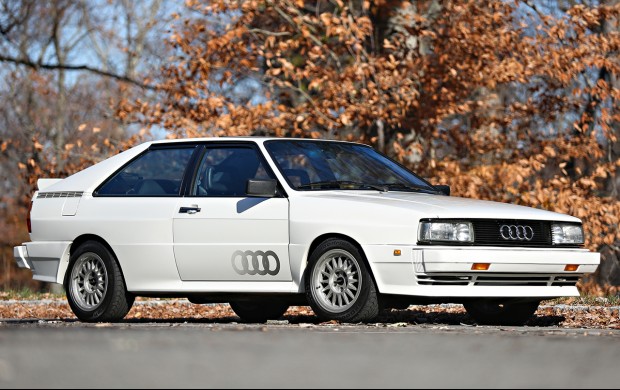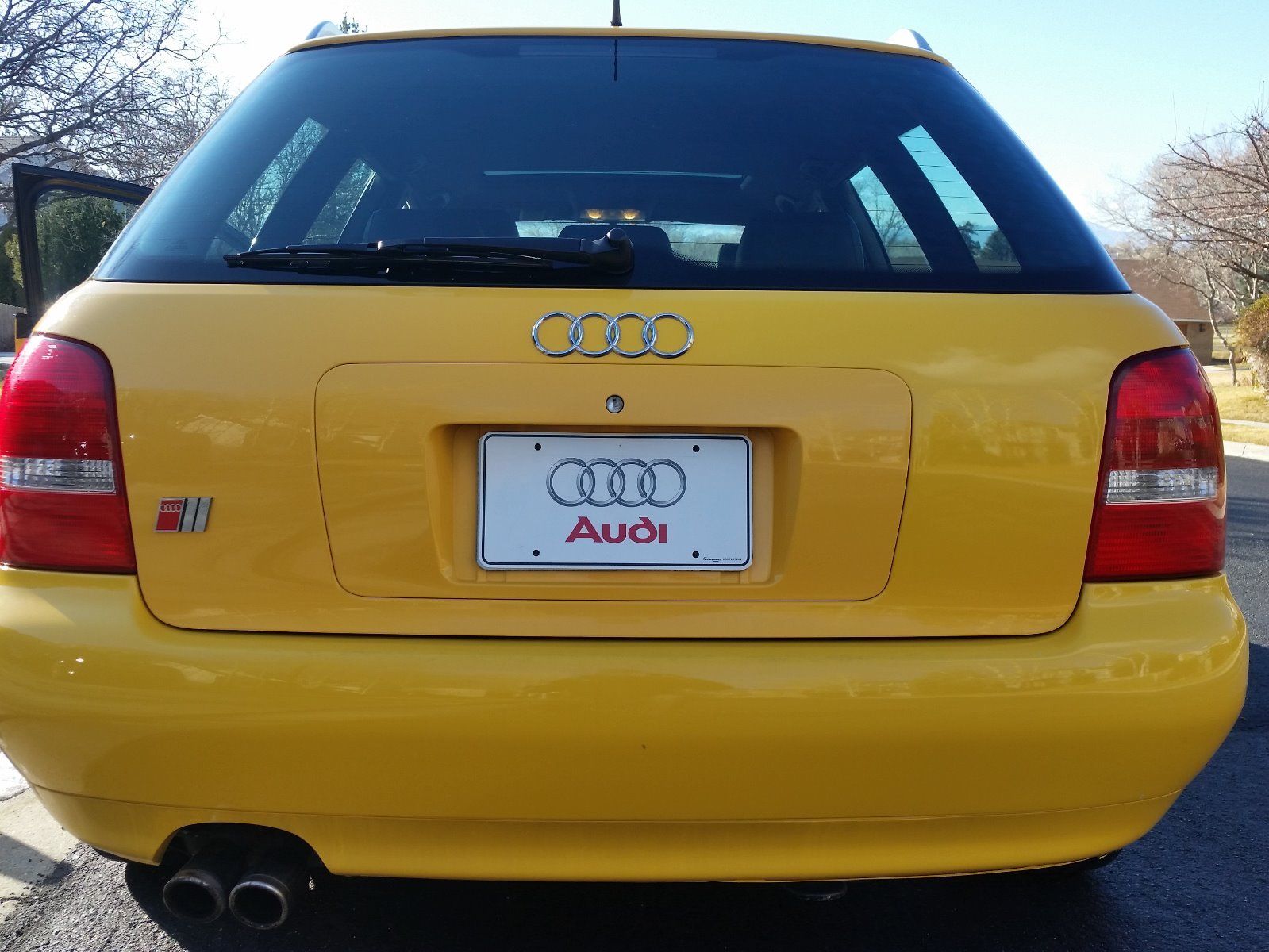As Konrad Adenauer slowly rebuilt West German in the post-War era, the resulting Wirtschaftswunder finally realized the economic prosperity necessary for personal automobile ownership; something that Germany had lagged far behind its rivals in until well after the War. Though they had developed the first motorized carriages and had a reputation as a nation of drivers thanks to some clever Nazi propaganda and the development of the revolutionary highway system, the reality was that in the 1930s, 1940s and 1950s Germany was a nation of riders – motorcycles, that is.
It comes as no surprise, then, that the fledgling car companies which were the most successful at first were able to incorporate motorcycle technology into their automobiles. This kept development and production costs down, and in turn meant that the company could bring a small, economical car to market much more inexpensively than a traditional manufacturer. This worked perfectly for BMW, whose Isetta and later 700 models paved the way for the modern car company you know today. But BMW was not the only motorcycle-engine toting company, and though the name isn’t as well-known today, it was NSU Motorenwerke that was the world’s premier motorcycle producer in the 1950s. So, in the late 1950s, NSU put those great engines to work in the back of their new economy car – the Prinz.
The Prinz would go on over the next decade to develop several times. The Prinz I-III models featured continuous upgrades, better driveability, and more power from the twin. But in 1961 the Prinz 4 model took NSU to a much larger market. It featured modern 3-box sedan styling, though it retained the twin drivetrain from the earlier models. The Prinz 1000 model rectified the motivation issues, introducing a new air-cooled 1000cc inline-4. This package was then further developed into a sporting model; the TT. Named after the famous ‘Tourist Trophy’ races of the 1960s, a bigger motor with more power was met with larger wheels and tires and revised styling. Like the BMW 700, these NSU TTs and the subsequent TTS model formed the basis of their respective companies post-War racing efforts, and are still fan-favorites in vintage racing today. But in the U.S., though all NSU models are rare, the TT and TTS are especially so. That’s what makes it such a treat to see an example like this one for sale today:







